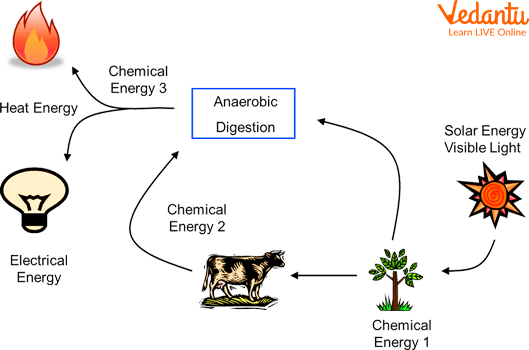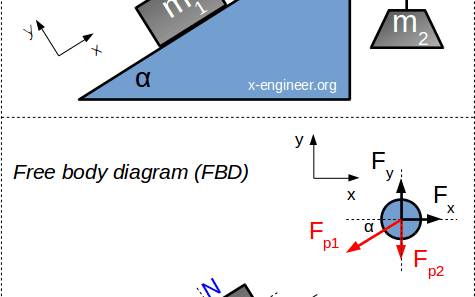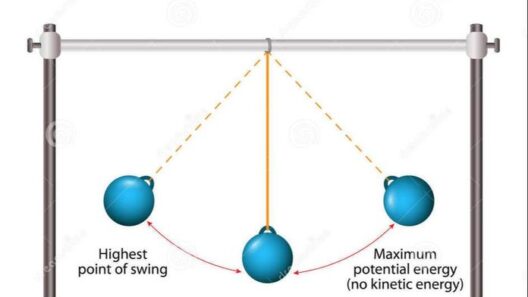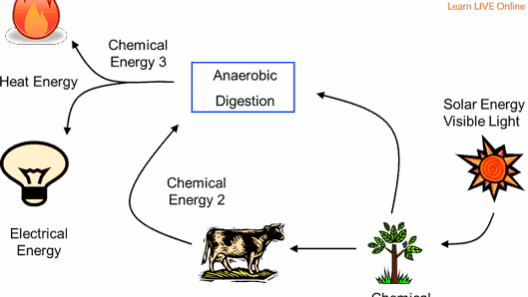In the exploration of energy conservation, the discourse surrounding open systems reveals a fascinating web of complexities. Just as a river flows freely yet shapes the landscape, open systems allow for the exchange of energy and materials with their surroundings. However, evaluating whether they effectively conserve energy is akin to untangling a myriad of threads woven together by nature’s intricate design.
To delving into this nuanced topic, it is essential to define what is meant by “open systems.” In contrast to closed systems, which maintain a fixed amount of matter and energy, open systems interact dynamically with the external environment. They absorb energy and material, facilitating a continuous flow. A typical analogy here would be a sponge soaking up water: while it can absorb vast amounts, it is simultaneously subject to evaporation and desorption, illustrating the duality of gain and loss.
Understanding how open systems operate requires contemplating their fundamental principles. A hallmark of these systems is their inherent adaptability. They respond to environmental stimuli, adjusting their energy consumption and material usage accordingly. This characteristic is akin to a chameleon blending into its habitat, seamlessly adapting to optimize resource utilization while striving to maintain equilibrium.
One might assume that the continual absorption and dissipation of energy in open systems leads to heightened inefficiencies. Surprisingly, this isn’t always the case. Open systems can indeed be remarkably efficient in their use of energy, especially when they implement strategies akin to symbiosis found in nature. Just as certain fungi exchange nutrients with trees, enhancing growth and vitality, certain open systems have developed methods to optimize energy conservation through collaborative interactions.
Let us consider example industries that epitomize open system energy use. Take, for instance, the concept of circular economies, where waste is reintegrated into production processes. This model operates on the principle of an open system, harnessing the ‘waste’—which would otherwise go unused—to create new products. In doing so, they conserve energy that would have been expended in the creation of virgin materials. Such systems flourish as they minimize energy input while maximizing energy output. Yet, they remain complex, often with unforeseen challenges related to scalability, economic feasibility, and social acceptance.
Transitioning to the environmental implications, one must ponder whether open systems, particularly in urban development and industrial frameworks, inherently promote sustainability. The good news is that many open systems are designed with energy conservation as a core objective. Systems like green roofs and urban gardens mimic natural ecosystems’ energy flows, capturing solar energy and reducing reliance on artificial lighting and heating. However, the interplay of factors such as local climate, material choices, and maintenance practices can complicate the scenario. What seems to be an energy-efficient system can fall into disarray due to unplanned environmental challenges or mismanagement.
Moreover, there exists a dichotomy between theoretical models of energy conservation in open systems and practical application. In a perfect theoretical framework, energy conservation seems achievable through optimal design. However, reality presents obstacles. Human behaviors, economic pressures, and technological limitations can dramatically alter the effectiveness of open systems. The concept of maximizing energy efficiency becomes a tightrope walk—balancing innovative practices with the unpredictability of real-world constraints.
Additionally, one must consider the temporal aspect of open systems. Energy conservation is often evaluated over time, necessitating a deeper contemplation of what “conservation” truly means. When assessing whether open systems conserve energy, it’s crucial to adopt a long-term perspective. Short bursts of efficiency may not translate into sustained energy savings, as demonstrated by technologies that initially present as energy-efficient but require extensive maintenance or replacement, thereby offsetting the benefits.
Furthermore, the role of technology cannot be underestimated. Innovations in monitoring and automation influence the dynamics of open systems. Real-time data collection and analysis enable systems to adapt more efficiently, fine-tuning their operations to conserve energy significantly. Smart grids and renewable energy integrations serve as prime examples of how technology can bolster the efficacy of open systems, transforming them into stewards of energy conservation.
Nevertheless, a paradox arises—over-reliance on technology risks creating dependency, potentially compromising the natural resilience of open systems. This reflects a broader philosophical question: can a system designed to be open truly maintain its essence amidst overwhelming technological intrusion? In this way, the relationship between technology and open systems is a careful negotiation, requiring ongoing evaluation to harness its benefits while safeguarding the intrinsic adaptability of nature.
Ultimately, the crux of the matter resides in an understanding of the complex interplay among energy conservation, human intervention, and environmental parameters within open systems. The path toward sustainability is not a one-size-fits-all solution; rather, it demands a multifaceted approach. This complexity is reminiscent of a thriving ecosystem, rich in biodiversity and resilience, where every action reverberates throughout the web of life.
In conclusion, the question of whether open systems conserve energy is marked by nuance and intricacy. While they hold incredible potential for energy conservation through dynamic interactions, challenges abound that must be acknowledged and addressed. As society seeks to navigate the labyrinth of energy use, understanding and optimizing open systems may be a pivotal step toward a sustainable future.





